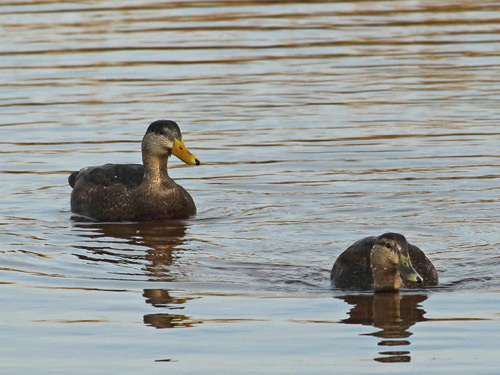Scientists from the National Estuarine Research Reserve System have completed the first-ever comprehensive North American coastal wetland wildlife inventory.
Scientists used 140 cameras in 29 estuaries to reveal diverse species, illuminating elusive estuary life. The camera traps unveiled 150 species.
Previously, it was difficult to research wetland animal life without disturbing the animals, and this new use of cameras to remotely monitor them has proved extremely beneficial to data collection.
Deployed in summer 2022 across 29 reserves, with 15 of those sites monitored for an entire year, the camera traps offer valuable data on species diversity, behavior, and abundance. The collaboration among the research reserves transcended borders to address coastal management needs.
Initial findings commonly revealed deer and coyotes, with unexpected appearances of feral hogs and cows. The presence of raptors, hoofed animals, and canids (foxes and coyotes) was noted across most regions.
As their research progresses, the team aims to study invasive and endangered species and improve future wildlife research methods. The collected data set will advance wetland camera traps as a research tool.
The research reserves’ wildlife camera trapping project has unlocked a treasure trove of insights into the inhabitants of coastal wetlands.
Project partners included: NOAA, National Estuarine Research Reserve System, National Estuarine Research Reserve Association, Pew Charitable Trusts, The Nature Trust of British Columbia, University of San Diego, University of the Virgin Islands, Saint Mary’s University of Halifax, Nova Scotia.
The National Estuarine Research Reserve Association (NERRA) is a nonprofit established in 1987 to advance the work of the National Estuarine Research Reserve System (NERRS).
For more information, visit www.nerra.org
sources: NOAA, National Estuarine Research Reserve Association (NERRA)
